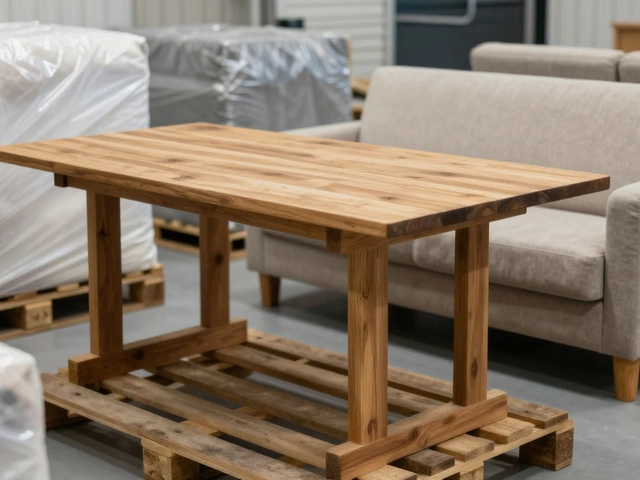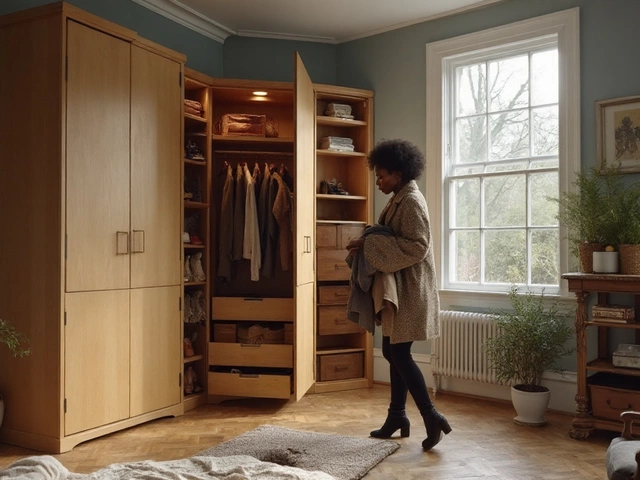Moisture & Furniture: Simple Ways to Stop Damp Damage in Schools
Moisture is the silent enemy of any wooden desk or metal chair. A little humidity can cause swelling, rust, mold, and a nasty smell that makes a classroom feel uncomfortable. The good news? You don’t need a science degree to keep your school furniture safe. Below are practical tips you can start using today.
Control the Air: Keep Humidity in Check
First thing to look at is the air inside the room. If the humidity is above 60%, wood will absorb water and start to swell. Portable dehumidifiers are cheap and easy to set up in a teacher’s lounge or storage area. Even a simple hygrometer will tell you when the air is too damp. Aim for 40‑50% relative humidity – that range keeps wood stable and metal parts from rusting.
Ventilation matters too. Open windows for a few minutes each day, especially after cleaning or when the weather is dry. If the school has an HVAC system, make sure the filters are changed regularly; clogged filters trap moisture and spread it around.
Clean Smart, Not Hard
Spills happen. A coffee cup, a sudden rainstorm, or even a leaky roof can leave water on a desk. Wipe it up right away with a dry cloth, then follow with a light damp cloth and a quick dry. Avoid soaking the surface – too much water does more harm than good.
For regular cleaning, use a mild soap diluted in water. Too much soap leaves a film that attracts dust, which can hold moisture against the wood. After cleaning, dry the surface with a soft towel and let it air‑dry for a few minutes before using the furniture again.
Metal legs and frames need a little extra love. Spritz a rust‑preventive spray once a year, especially on chairs stored in basements or garages where humidity spikes.
Storage Tricks That Make a Difference
When furniture isn’t in use, store it in a dry place. Avoid ground‑level shelves that can absorb damp from concrete floors. If you must store items in a basement, line the floor with a plastic sheet and place a small dehumidifier nearby.
Cover chairs and desks with breathable fabric covers instead of plastic. Plastic traps moisture and creates a perfect environment for mold. Breathable covers let air circulate while protecting the surface from dust.
Lastly, check furniture regularly. Look for signs of swelling, discoloration, or rust. Catching a problem early means you can sand, refinish, or replace a part before the whole piece is ruined.
These steps don’t require a big budget, just a bit of routine. By controlling humidity, cleaning smart, and storing right, your school’s desks, chairs and storage units will stay sturdy and look good for years.





